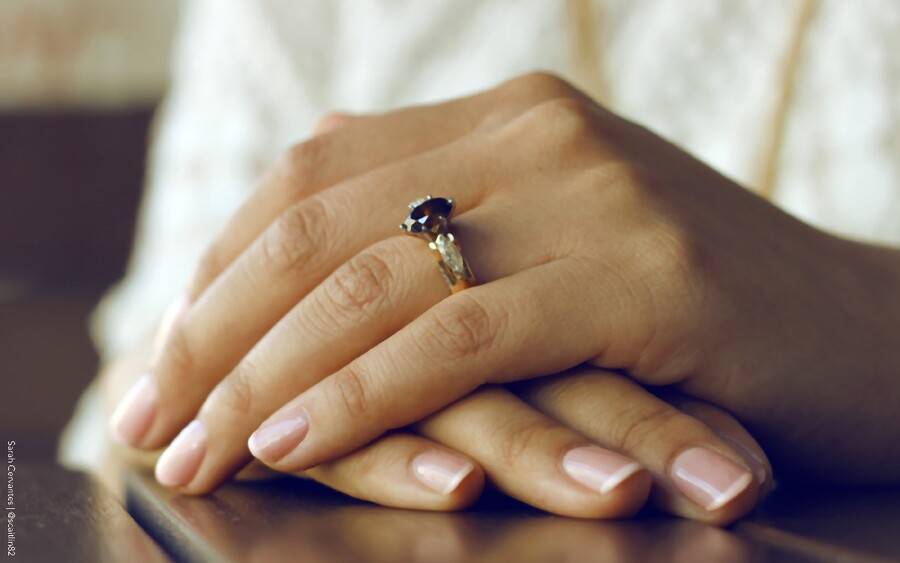Signs your nail is trying to tell about your health
What Your Nails Say About Your Health
Nail down the most common causes of fingernail changes
Fingernails help protect the delicate tops of fingers from injury — and come in handy when you want to peel an orange or scratch an itch. Healthy nails are strong with pink nailbeds, but problems, such as white spots, ridges, thickening and other changes to the color or texture of your nails, are common.
“Most of the time, these are harmless changes often due to lifestyle or to a nail injury,” “However, in some cases they may be a sign of health issues, such as nutritional imbalances or thyroid problems.”
Here’s an overview of the most common nail changes, what may be causing them and when to see a doctor.
Texture changes
Thin or soft nails
Thin or soft nails break or tear easily or may bend before breaking. Often, these changes are due to exposure to chemicals, such as detergents or nail polish remover. Low levels of B vitamins, calcium or iron also may be to blame.
Cracked or split nails
Usually, nails split or crack because they are dry or brittle. Surprisingly, dry nails can result from frequently soaking your nails in water while washing dishes, bathing kids or swimming. Nail polish, nail polish remover and alcohol-based hand sanitizers may also contribute. Dry, cracked nails may be linked to thyroid disease; if the problem persists, contact your doctor.
Peeling nails
Nails may peel off in layers in response to trauma, such as using your nails as tools to open packages, scrape hard surfaces or pick at old nail polish. Oversoaking nails also can lead to peeling.
Pitted nails
Do your nails look like someone took an icepick to them? Tiny indentations in the nails may be related to conditions including psoriasis, which also causes dry, scaly skin patches, or to alopecia areata, an autoimmune disease that causes hair loss.
Spoon nails
If your nails look “scooped out” like a spoon, you may have anemia, hypothyroidism or liver problems. Contact your doctor to find out what’s causing the condition.
Ridges or ripples
Lines that run lengthwise along your nail are harmless. Horizontal lines or grooves that run across the nail indicate that your nail growth slowed or stopped; common reasons include high fever, stress, damage to the cuticle or base of the nail and some medications. In some cases, diabetes or peripheral vascular disease may be the cause. If the condition persists, check with your doctor.
Curved nails
Curved or “clubbed” nails happen when the fingertips enlarge and the growing nails curve around them. This is a gradual process that often develops over several years and may be inherited, or may be associated with lung disease, inflammatory bowel disease, cardiovascular disease or liver disease. Call your doctor to have clubbed nails evaluated and rule out underlying disease.
Ram’s horns
Thick, overgrown nails that resemble the horns of a ram may be hereditary or caused by conditions including psoriasis or poor circulation.
“People with this condition should not attempt to trim their nails at home,” says Dr. Rivera. “They need to be trimmed with special instruments to prevent further injury or infection, and treatment is also needed.”
Nail separates from nailbed
Nails may separate from the nailbed because of injury or infection. The detached nail may turn white with a yellow or greenish tint and may be tender or painful. In some cases, a separated nail may be linked to psoriasis or other illnesses. If the nail does not grow out normally, see a doctor for diagnosis and treatment.
Color changes
Very pale nails
Healthy nails are generally pink. Very pale nails may indicate illnesses, such as anemia, congestive heart failure or liver disease. Poor nutrition also may be a culprit. It’s a good idea to have them checked by a doctor.
White spots
Random white spots that appear on the nails are generally harmless and caused by injury, such as striking the fingertip or repeated trauma to the nails from frequent manicures. Other potential causes include a zinc deficiency, fungal infection or allergic reaction.
Blue nails
Nails may take on a bluish tinge if the body lacks adequate oxygen; heart disease and emphysema may cause this. If you aren’t under a doctor’s care for an oxygen-related condition, make an appointment to find out what is causing the color change.
Yellow nails
Yellow nails are common and may have various causes ranging from dark nail polish stains and smoking to an infection. A fungal infection may cause the nails to thicken, crumble or detach from the nail bed. More serious possibilities include rheumatoid arthritis, respiratory disease, thyroid disease and diabetes. If the condition persists or worsens, call your doctor.
Dark lines underneath the nail
Dark lines that appear beneath the nail may be caused by melanoma, a serious type of skin cancer. Have these checked out by a doctor as soon as possible.
Having any of these changes does not mean you have an underlying health condition. However, if you are concerned about your nails, play it safe and call your doctor.



Comments
Post a Comment